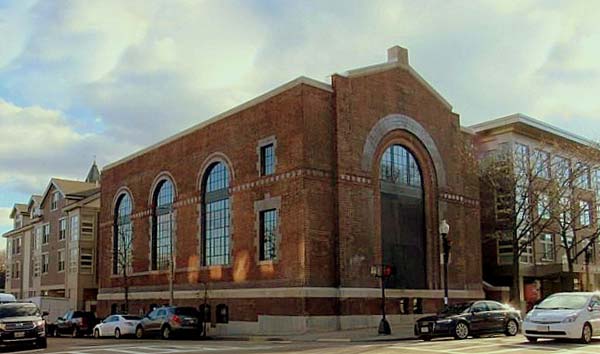
December 28, 2017 Federal Tax Bill Saves 20% Historic Rehab Tax Credit with Some Changes
Preservation developers, including Historic Boston Inc. (HBI), are heartened that the Tax Cuts and Jobs Act of 2017 recently signed into law by President Trump preserves the federal 20% Historic Tax Credit (HTC) with a new provision that it will be claimed over five years.

While preservation advocates were disappointed that the 10% tax credit for pre-1936 buildings was eliminated and the 20% tax credit could not be maintained to current law, the survival of the credit program is a testimony to the program’s extraordinary success in repositioning historic buildings across the country and leveraging considerable additional private investment.
The House eliminated all historic tax credit incentives in their “The Tax Cuts and Jobs Act, passed on November 16th, and the Senate Finance Committee also eliminated the pre-1936 credit but retained the HTC at a level of 10%. However, Tax Credit advocates were successful in working with the Senate Finance Committee to support a provision to restore the Historic Tax Credit to 20% for historic buildings by including a cost saving measure, the “Cassidy Amendment,” a provision that the requires the 20% credit to be earned over the 5-year compliance/recapture period (or 4% per year). The Senate approved the revised bill and both House and Senate approved the final bill with the 20% in December.
In the New Year, several technical corrections are anticipated that the preservation community and developers hope will clarify ambiguities that appeared in the wake of the Tax Credit Program’s modifications. It is also expected that there will additional opportunities for broadening and strengthening the historic tax credit programs in the next year.
Historic Boston Inc.’s (HBI) projects have utilized the federal Historic Tax Credit program and the Massachusetts Historic Rehabilitation Tax Credit. These include the Eustis Street Fire House (1859), the Alvah Kittredge House (1834), the Fowler Clark Epstein Farm (1786), the Roslindale Substation (1911) and the Hayden Building (1875) in Chinatown.



